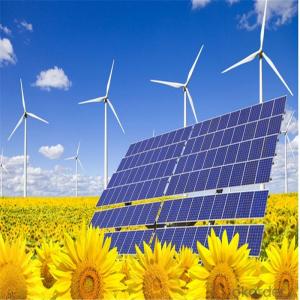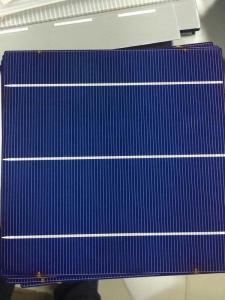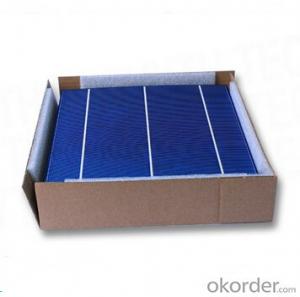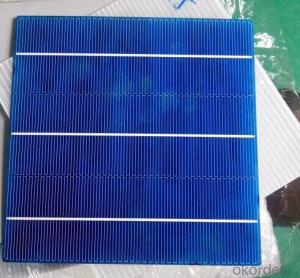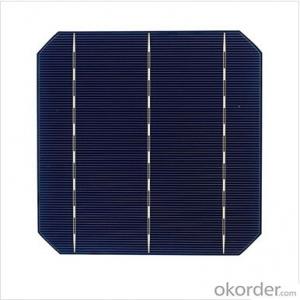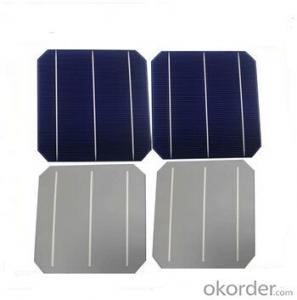Heliatek Organic Solar Cells
Heliatek Organic Solar Cells Related Searches
Except For Solar Cells Weegy Problems With Solar Cells High Power Solar Cells Light Trapping In Solar Cells High Performance Solar Cells High Output Solar Cells High Wattage Solar Cells Energy Transfer In Solar Cells High Efficiency Hvac Systems Recombination In Solar CellsHot Searches
Cheap Solar Cells For Sale Flexible Solar Cells For Sale Q Cells Solar Panels For Sale Printed Solar Cells For Sale Bulk Solar Cells For Sale 6x6 Solar Cells For Sale Broken Solar Cells For Sale Cpv Solar Cells For Sale Photoelectric Cells For Sale Price Of Silicon Solar Cells Price Of Solar Cells Over Time Buy Solar Cells From China Cheap Solar Cells China Best Type Of Solar Cells Flexible Solar Cells Price Q Cells Solar Panels Price 3 Types Of Solar Cells Production Of Solar Cells Common Types Of Solar Cells Q Cells Solar Panel PricesHeliatek Organic Solar Cells Supplier & Manufacturer from China
Okorder.com is a professional Heliatek Organic Solar Cells supplier & manufacturer, offers integrated one-stop services including real-time quoting and online cargo tracking. We are funded by CNBM Group, a Fortune 500 enterprise and the largest Heliatek Organic Solar Cells firm in China.Hot Products
FAQ
- What is a polymer solar cell and how does it work?
- Polymer solar cells are lighter than other silicon-based solar cells.
- The manufacturing of solar cells has both positive and negative environmental impacts. On the positive side, solar cells generate clean and renewable energy, reducing the reliance on fossil fuels and thereby decreasing greenhouse gas emissions and air pollution. Additionally, solar cells have a long lifespan and require minimal maintenance, reducing the overall environmental impact compared to other energy sources. However, the production process of solar cells does have some negative environmental consequences. The extraction of raw materials, such as silicon and rare earth metals, can lead to habitat destruction, water pollution, and soil degradation. The manufacturing process also requires energy and water, which can contribute to carbon emissions and water scarcity if not managed efficiently. Overall, while the production of solar cells does have some environmental impacts, it is important to consider them in relation to the significant environmental benefits that solar energy provides in terms of reducing carbon emissions and mitigating climate change.
- Yes, there are subsidies and incentives available for installing solar cells. Many governments and local authorities offer financial incentives such as tax credits, grants, and rebates to encourage the adoption of solar energy. Additionally, some utility companies provide incentives or feed-in tariffs that allow solar system owners to sell excess electricity back to the grid. These subsidies and incentives help make solar installation more affordable and attractive for individuals and businesses.
- Solar cells do not handle power factor correction directly. Power factor correction is typically handled by other components in a solar power system, such as inverters or power conditioning units. These components are responsible for converting the DC power generated by solar cells into AC power that can be used in electrical systems. Power factor correction is important to ensure efficient utilization of electrical power and reduce energy losses in the system.
- Can I trust the suppliers for film solar that I found on alibaba ?
- From my own experience, I think they are pretty reliable because you can search all the information including the factory's address, product details, etc. all on the website.
- Yes, solar cells can be used in marine applications. They are commonly used in various marine applications such as powering navigation lights, communication systems, and electrical equipment on boats, yachts, and other marine vessels. Additionally, solar panels can also be used to charge batteries on marine vehicles, providing a sustainable and renewable source of energy.
- Hailstorms can have a detrimental impact on solar cells. The physical impact of hailstones can cause cracks or shattering of the solar panels, leading to reduced efficiency or complete failure of the cells. Additionally, the protective layers of the solar panels can be damaged, making them more susceptible to moisture intrusion and corrosion. Overall, hailstorms pose a significant risk to the durability and performance of solar cells.
- Solar cells have a positive impact on energy security as they provide a clean and renewable source of electricity. By reducing dependence on fossil fuels, solar cells contribute to a more sustainable energy mix, decreasing the vulnerability to price fluctuations and supply disruptions associated with traditional energy sources. Additionally, solar cells can be installed at various scales, from individual households to large-scale power plants, enhancing energy diversification and decentralization, thus strengthening overall energy security.
















